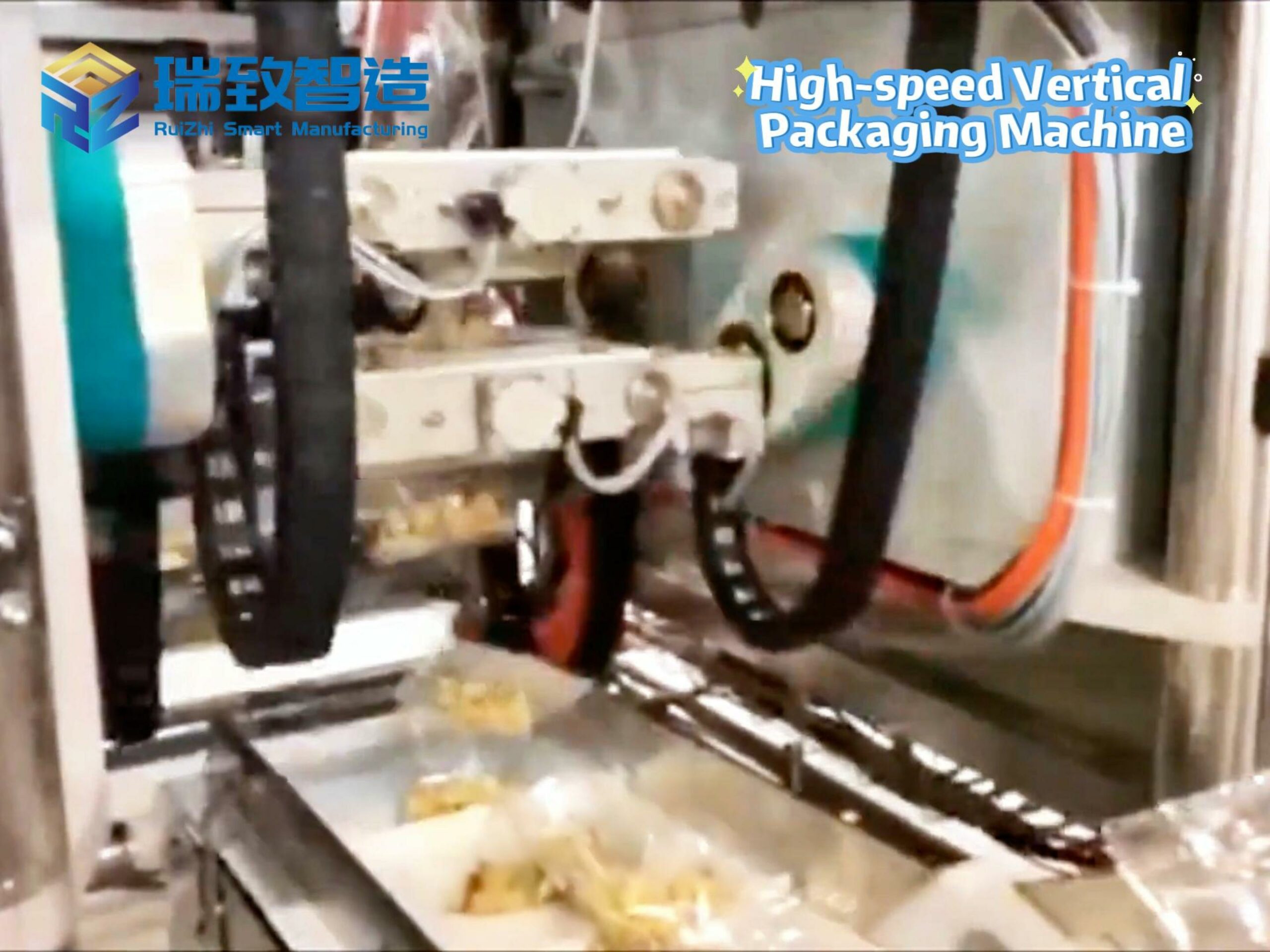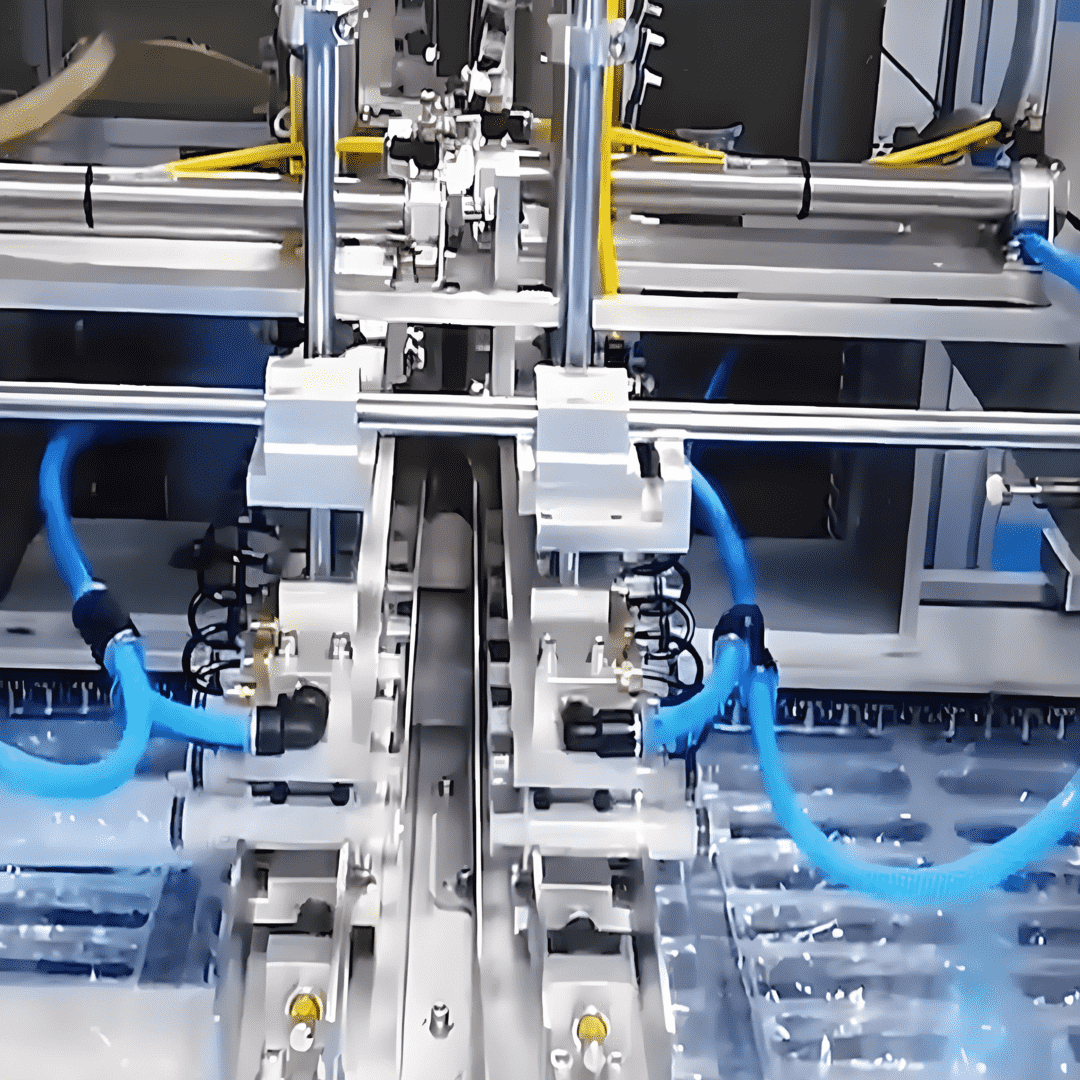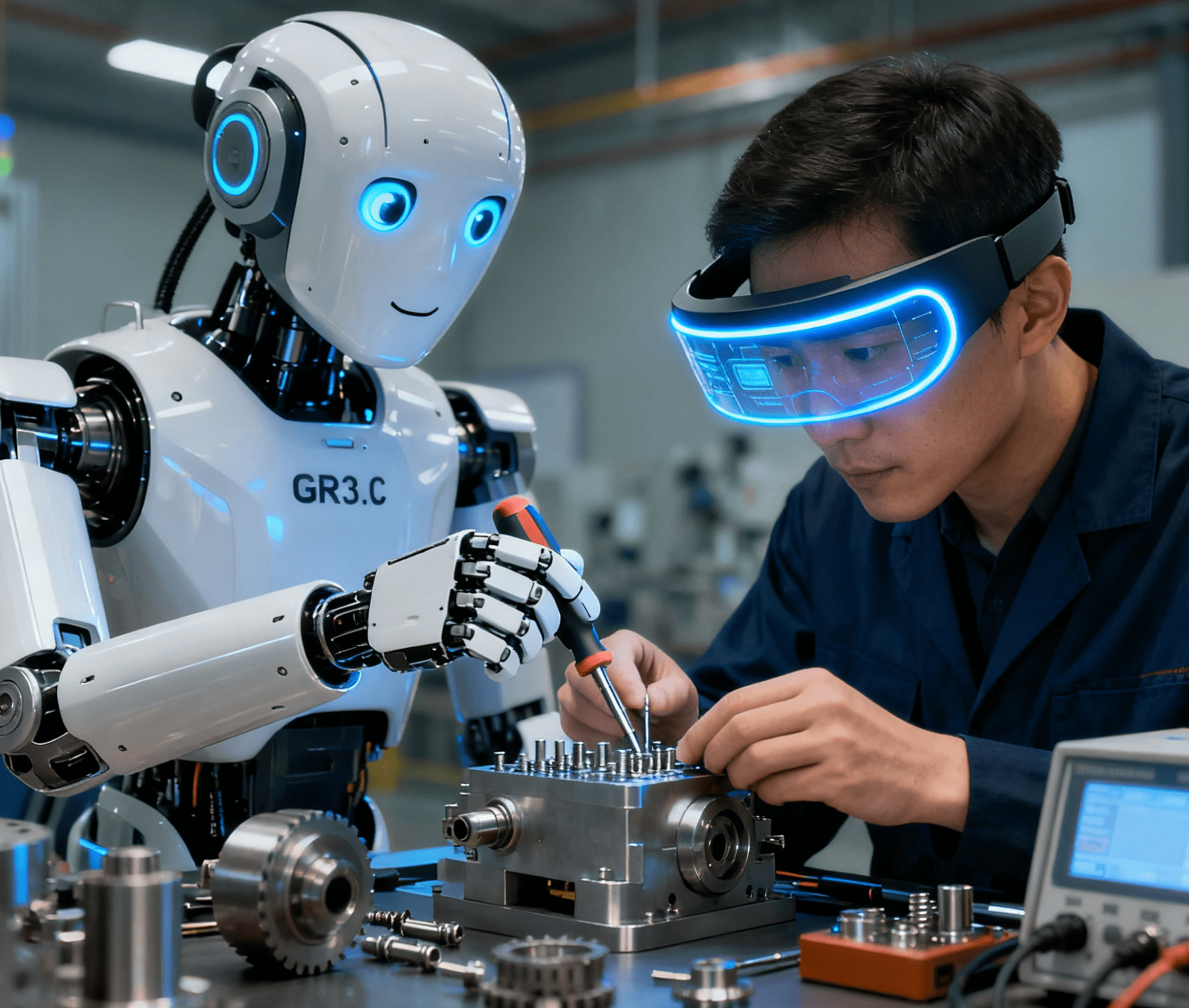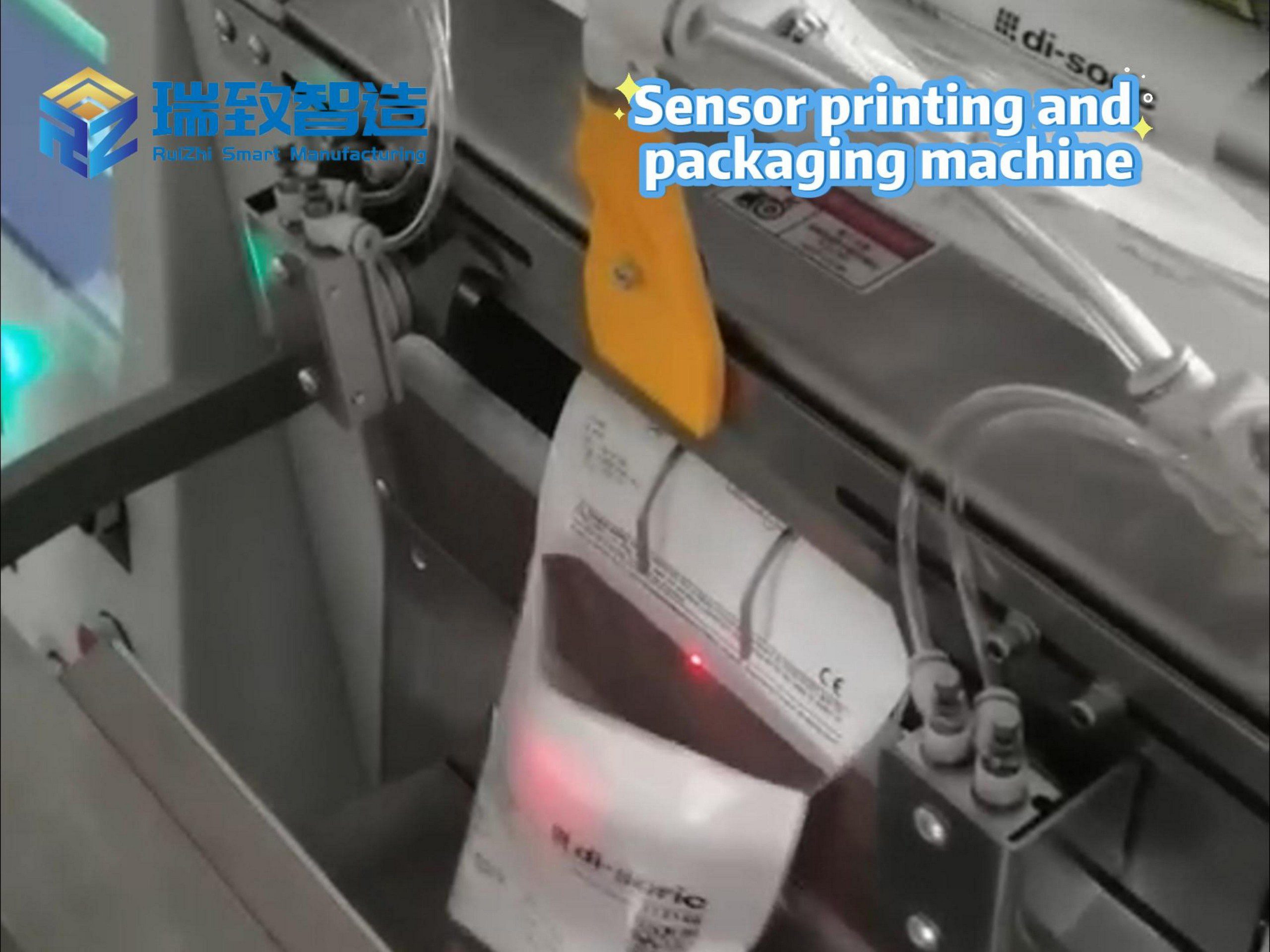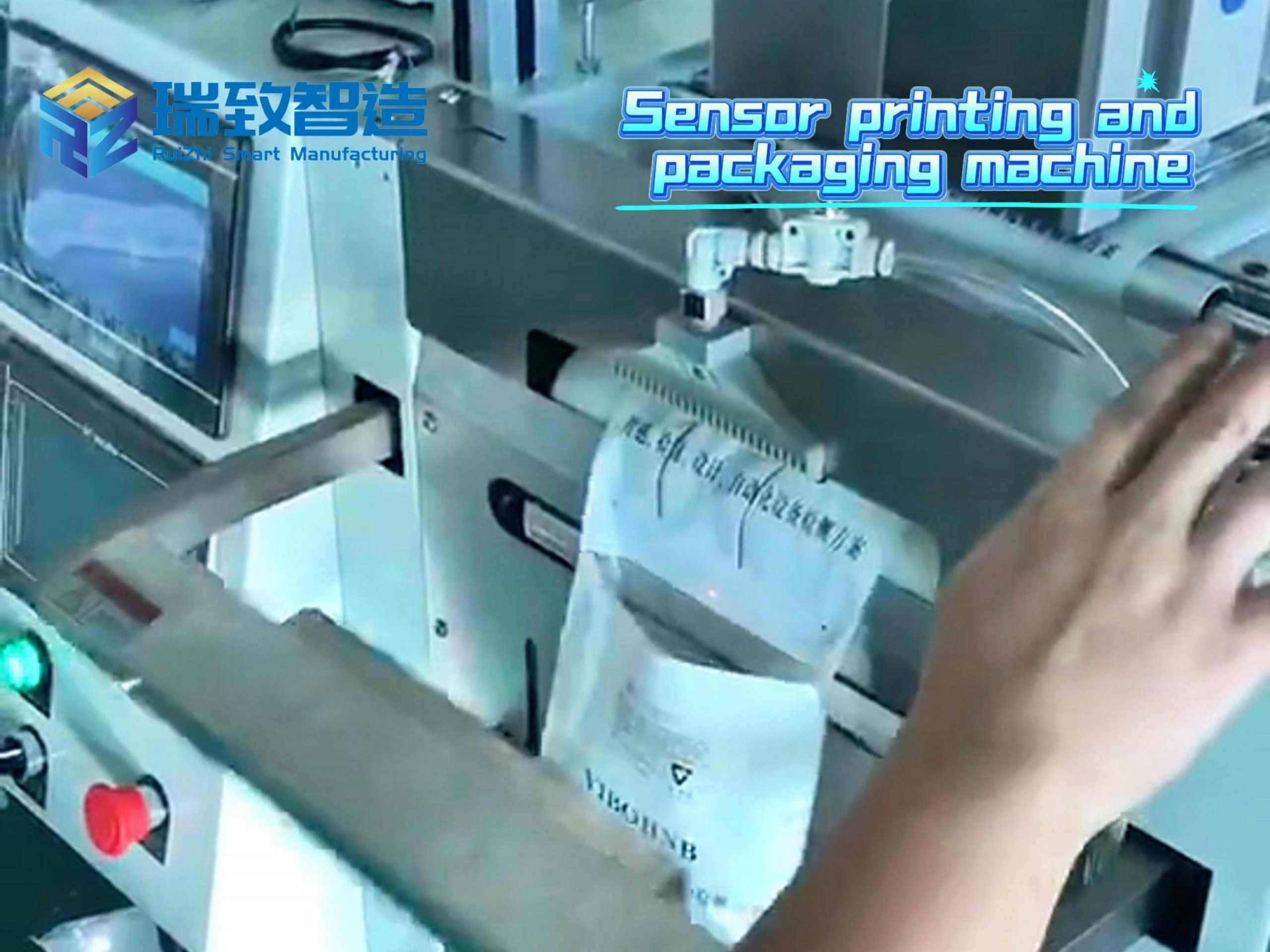Table of Contents
ToggleChina’s AI Integration Surge: Unleashing Intelligent Automation for Industrial Transformation
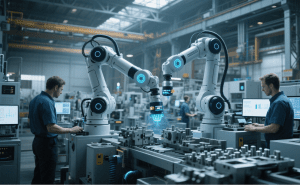
China is accelerating the integration of artificial intelligence (AI) to drive a new era of intelligent automation, with local governments and startups aligning strategies to merge AI with industrial automation and revolutionize automation equipment. Wuhan’s East Lake High-Tech Zone recently announced 14 measures to support AI development, including a 50 million yuan fund for large model enterprises—an effort to position AI not just as a technology, but as the core of intelligent automation systems that power factories, supply chains, and smart manufacturing. “This push reflects China’s strategy to build new quality productive forces through AI-driven intelligent automation,” noted Pan Helin, a member of the Ministry of Industry and Information Technology’s expert committee.
Multiple cities are leading the charge: Suzhou plans to invest in AI chip startups via a specialized fund, while Shanghai offers computing power vouchers to lower AI access costs for innovators. These initiatives demonstrate a national shift: AI is no longer confined to labs but is being embedded into industrial automation workflows, transforming automation equipment into intelligent nodes within manufacturing ecosystems.
Policy-Driven AI Integration and Corporate Adoption
The 2025 Government Work Report explicitly advances the “AI Plus” initiative, calling for deep integration of digital technologies with manufacturing—an agenda mirrored in corporate strategies. Alibaba has mandated AI-focused performance reviews for business units, while JD.com’s founder visited HKUST’s robotics institute to explore AI applications for logistics. JD Logistics plans to leverage AI for intelligent supply chain planning, a move that highlights how AI optimizes not just software but physical automation equipment in warehouses and distribution centers.
As of 2024, China has over 200 registered generative AI models serving 600 million users, forming the backbone of intelligent automation systems. “In the next 1-2 years, SMEs will adopt AI applications en masse, and large enterprises will develop industry-specific models,” predicted Pan, emphasizing that AI’s role in refining industrial automation processes is non-negotiable.
AI as the Catalyst for Productive Force Evolution
Goldman Sachs’ 2025 forecast of “AI agents and applications” is unfolding in China’s industrial heartland. At Midea Group, AI experts are enhancing robotics for smart homes and energy storage—cases where automation equipment is upgraded with AI to perform predictive maintenance and adaptive operations. Wang Peng, a Beijing Academy of Social Sciences researcher, notes that AI-driven production not only boosts efficiency but reshapes entire industrial chains, creating jobs in AI-optimized manufacturing and intelligent automation management.
The government’s focus on “new-generation intelligent terminals and smart manufacturing equipment” (from AI-enabled phones to intelligent robots) underscores a strategic vision: By integrating AI with industrial automation, China aims to redefine global standards for automation equipment that thinks, adapts, and optimizes in real time.
Conclusion: From Technology Integration to Industrial Revolution
China’s AI integration surge is more than a tech trend; it’s a blueprint for transforming intelligent automation into the cornerstone of economic growth. When Wuhan funds AI models for manufacturing, when Alibaba uses AI to refine business processes, and when JD.com enhances supply chain robotics, they’re all part of a unified mission: making automation equipment the physical embodiment of AI in industrial settings.
As Pan Helin emphasizes, this marks “a new phase where AI moves from exploration to large-scale application.” The 600 million users of Chinese AI models are not just consumers but participants in a revolution where industrial automation, powered by intelligent systems, drives productivity gains previously unimaginable. For China, the goal is clear: Lead the global shift where every piece of automation equipment becomes an intelligent asset, and every industry is redefined by the synergy of AI and industrial automation. The future of manufacturing isn’t just smart—it’s autonomously intelligent.

